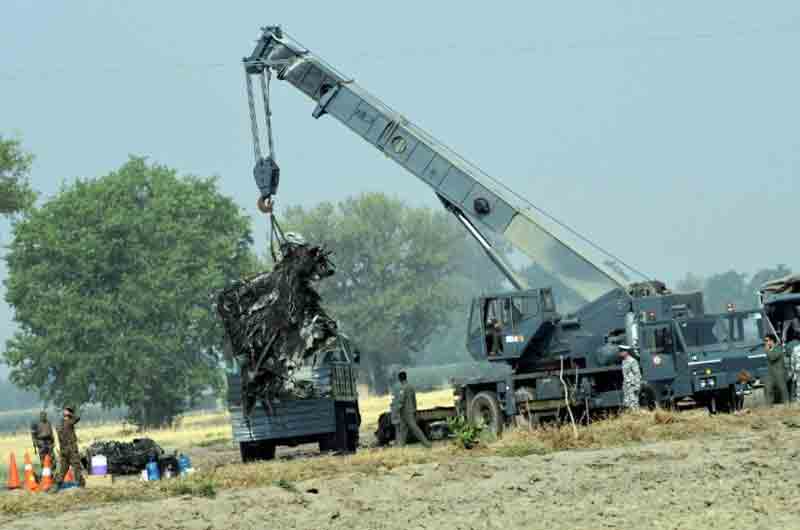The claim that 34,000 Polish and NATO troops are being deployed near the Ukraine border appears to stem from a mix of unverified reports and recent military activities in the region. Based on available information, there is no definitive evidence confirming a deployment of exactly 34,000 troops specifically near the Ukraine border at this time. However, the rumor likely draws from credible developments, such as planned military exercises and ongoing NATO activities in Poland, which have been amplified and distorted through social media and certain news outlets. Here’s a breakdown of the situation, the origins of the rumor, and potential motives behind its spread:
Is the Claim True?
– Partial Basis in Reality: A post on X from August 9, 2025, referenced “multiple sources” claiming that over 34,000 Polish and NATO troops are being deployed near the borders of Ukraine, Belarus, and the Russian exclave of Kaliningrad. Additionally, a report from tass.com mentions that approximately 34,000 troops from Poland and other NATO countries are set to participate in the *Iron Defender-2025* military exercises in Poland, scheduled for early 2025. These exercises are likely contributing to the narrative of a large troop deployment near Ukraine.
– No Specific Deployment Confirmed: While NATO and Polish forces are active in the region, particularly near Rzeszów-Jasionka Airport (a key hub for military aid to Ukraine), there is no corroborated evidence of a 34,000-troop deployment specifically positioned near the Ukraine border for purposes other than exercises. Recent reports indicate smaller, targeted deployments, such as 100 Norwegian soldiers stationed at Rzeszów to secure aid transfers until Easter 2025, alongside NASAMS air defense systems and F-35 jets.
– U.S. Troop Repositioning: The U.S. has announced plans to reposition troops from Jasionka, Poland, to other sites within the country, with Polish and NATO forces (including Norwegian, German, and British troops) taking over responsibilities at this key logistics hub. This shift may have fueled perceptions of large-scale troop movements.
Why Are These Rumors Widespread?
Several factors contribute to the spread of this rumor:
1. Geopolitical Tensions:
The ongoing Russia-Ukraine conflict, now in its third year, keeps the region on edge. Poland’s proximity to Ukraine and its role as a primary conduit for Western military aid (up to 95% of aid to Ukraine passes through Jasionka) make any military activity in Poland highly visible and ripe for speculation.
2. Social Media Amplification:
Platforms like X can rapidly spread unverified claims. The August 9 post by @onlydjole, for instance, framed the 34,000-troop figure as part of a broader narrative of NATO escalation, which resonates with audiences skeptical of Western intentions. Such posts gain traction due to their alarming tone and lack of immediate fact-checking.
3. Planned Military Exercises:
The *Iron Defender-2025* exercises, involving 34,000 troops, provide a factual basis that can be misconstrued as a combat deployment rather than a routine NATO drill. Exercises like these are often publicized, and their scale can be exaggerated or misinterpreted as preparations for conflict.
4. Historical Context:
Poland has hosted significant NATO forces since Russia’s 2022 invasion of Ukraine, including U.S. troops (approximately 10,000 permanently stationed) and additional deployments during crises. Past deployments, such as the 5,000 U.S. troops sent in 2022, lend credibility to claims of large-scale movements, even if the specifics are inaccurate.
Motives Behind the Rumors
The spread of such rumors can be attributed to a mix of intentional and unintentional motives:
1. Russian Information Warfare:
Russia has a history of using disinformation to portray NATO as an aggressor, sowing fear and division among Western allies. Claims of massive troop deployments near Ukraine could be amplified to justify Russian military actions or to deter NATO from further supporting Ukraine. The Russian Foreign Ministry’s response to NATO activities, such as Maria Zakharova’s warnings about U.S. bases in Poland, suggests an effort to frame NATO’s presence as provocative.
2. Domestic Political Agendas:
In Poland, political figures like Jarosław Kaczyński have referenced discussions about NATO troop deployments to Ukraine, which could fuel speculation about broader military plans. Such statements, even if historical, can be repurposed to suggest imminent action. Opposition groups or populist voices in Poland and elsewhere may also use these rumors to critique government or NATO policies.
3. Fear and Sensationalism:
The public’s heightened sensitivity to escalation in the Russia-Ukraine conflict makes sensational claims about troop movements highly shareable. Media outlets and social media users may exaggerate or misreport exercises like *Iron Defender-2025* to attract attention, inadvertently spreading misinformation.
4. Strategic Signaling by NATO:
NATO’s visible military presence, including air policing missions and deployments of advanced systems like NASAMS and F-35s, is intended to deter Russia. However, this visibility can be spun by critics or adversaries as evidence of aggressive intent, feeding narratives of escalation.
Critical Perspective
While the *Iron Defender-2025* exercises and NATO’s ongoing presence in Poland provide a factual basis for troop-related discussions, the specific claim of 34,000 troops being deployed near the Ukraine border appears to be an exaggeration or misinterpretation of these activities. The U.S. repositioning of forces away from Jasionka, coupled with Polish and NATO leadership taking over, suggests a reduction in direct U.S. involvement rather than a massive buildup.
Russia’s disinformation campaigns likely amplify these rumors to portray NATO as a threat, while domestic and international actors may exploit the narrative for political or attention-driven purposes.
Conclusion
The claim of 34,000 Polish and NATO troops being deployed near Ukraine is not fully substantiated but likely originates from the announced *Iron Defender-2025* exercises and ongoing NATO activities in Poland.
The rumor’s spread is driven by geopolitical tensions, social media amplification, and misinterpretations of routine military exercises. Motives include Russian disinformation, domestic political posturing, and the sensational appeal of escalation narratives.
Discover more from Defence Talks | Defense News Hub, Military Updates, Security Insights
Subscribe to get the latest posts sent to your email.





